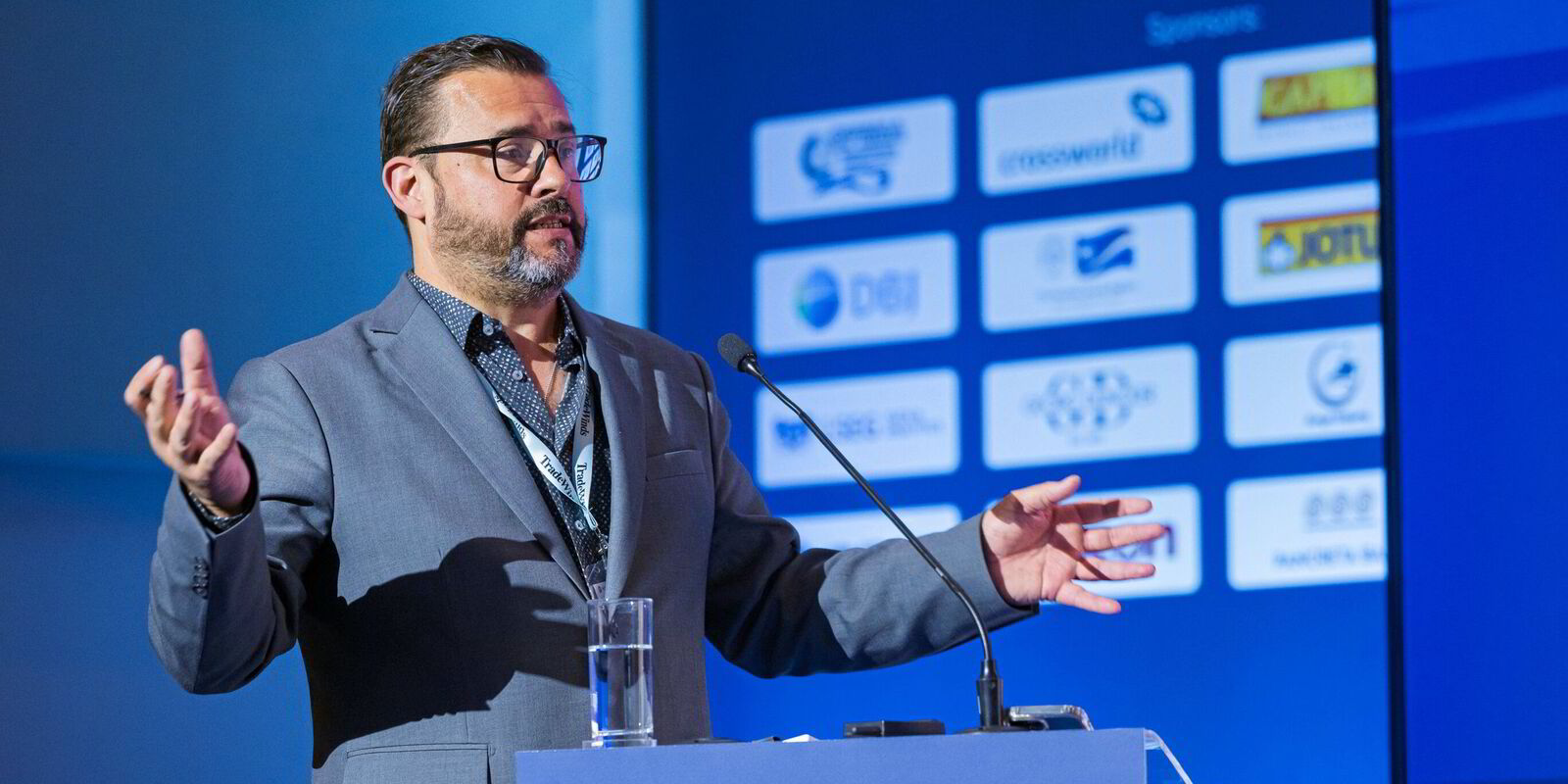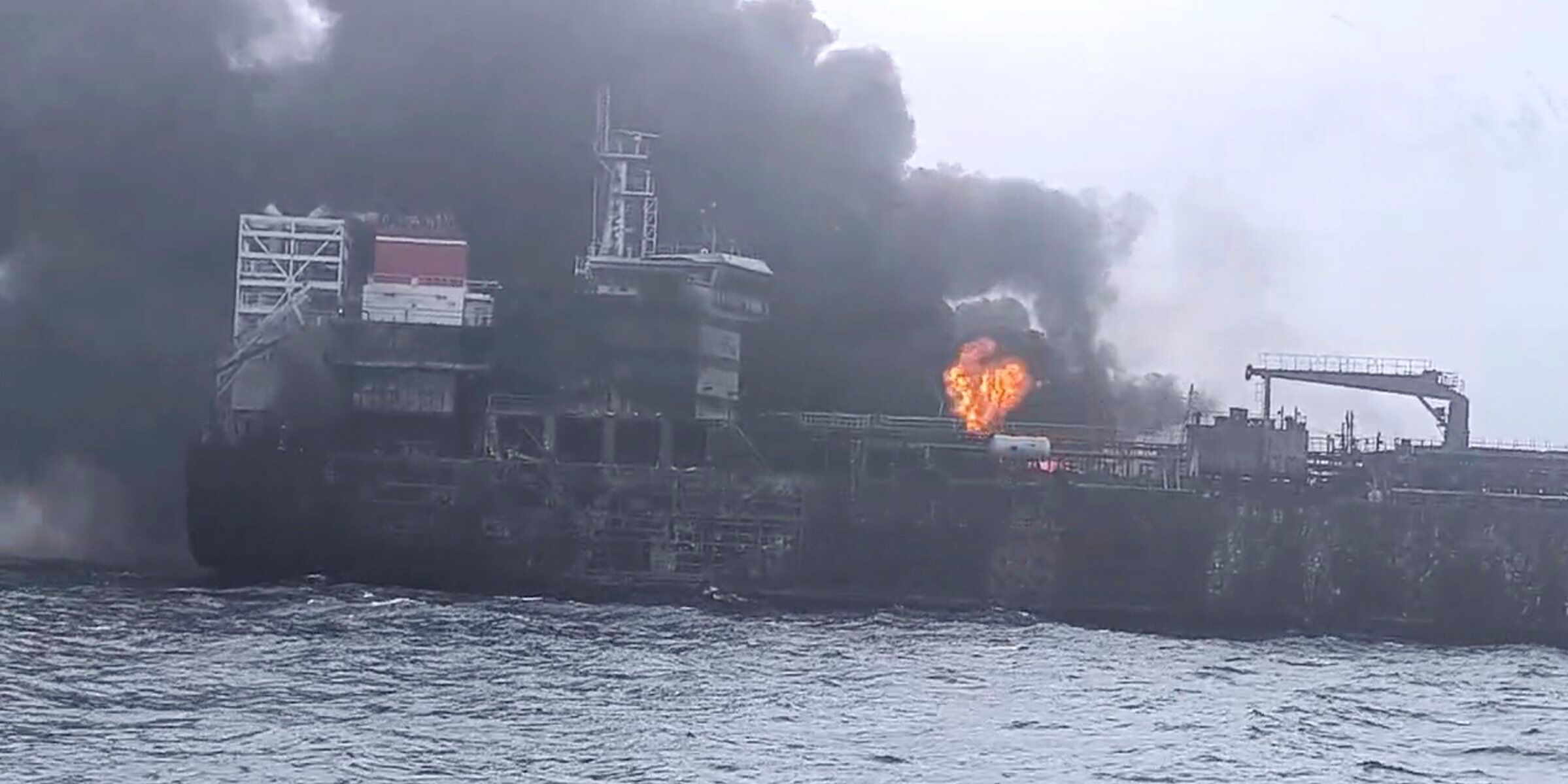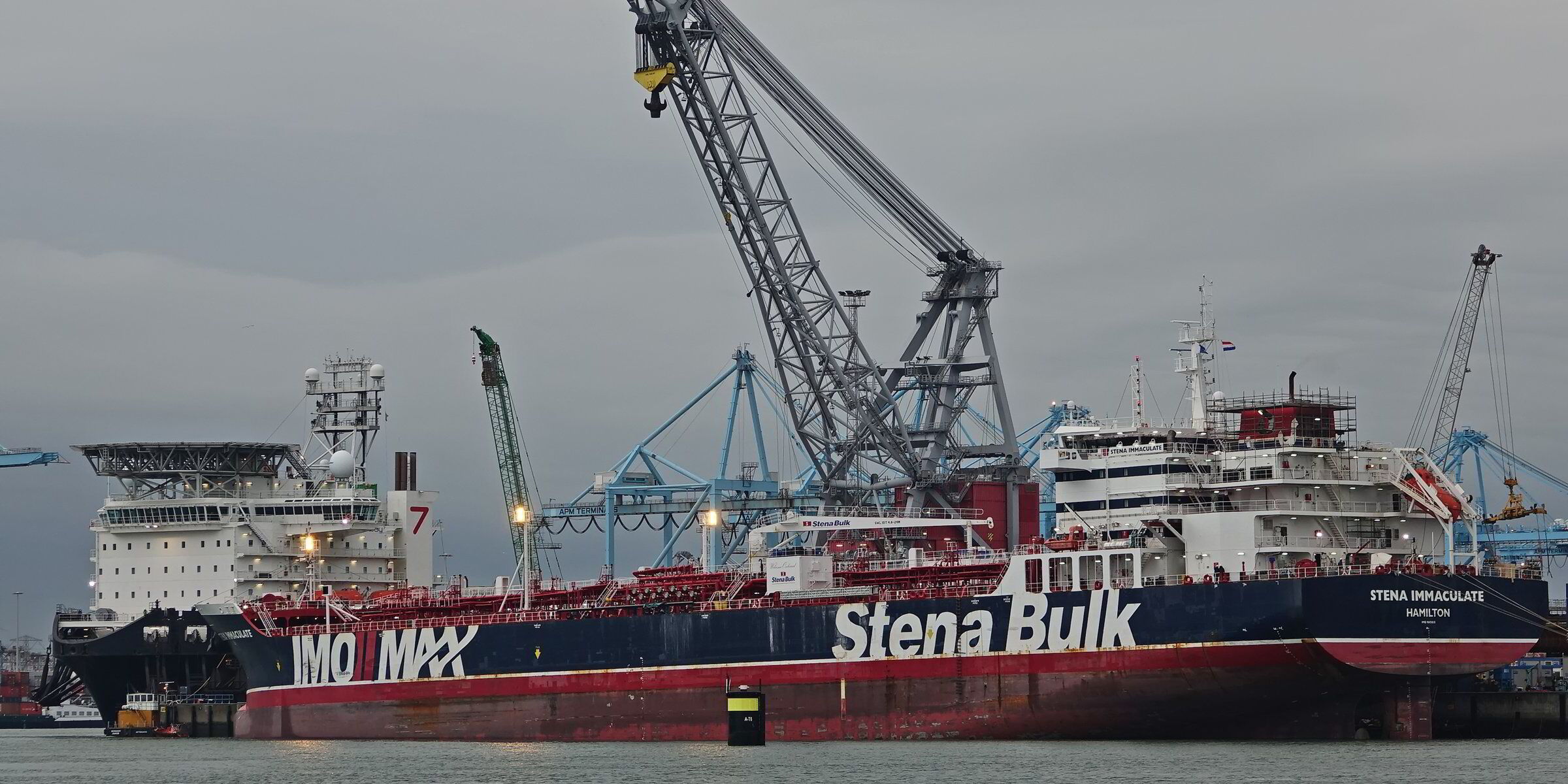Before colliding at a reasonably high speed with an anchored tanker in the North Sea, the Solong had made 17 port calls in 30 days, according to Clarksons.
For a coastal feeder ship, this is not unusual. What is also common for small vessels is that the crew complement is small.
We do not know what caused the accident that led to a fireball and the unfortunate loss of one seafarer, but from my experience working on coastal vessels for a couple of years, I have my suspicions.
It all comes down to the work schedule of coastal vessels, which are asked to make quick port calls and short voyages.
A small vessel, the 804-teu, 7,500-gt Solong (built 2015) is 140 metres in length and had a 14-strong crew. Estuary ports in the UK such as Grangemouth and Hull are frequent destinations.
The focus is, of course, on what happened on the bridge.
There would have been four, maybe five, deck officers on board with the certification to hold the role of master, chief officer, second officer and third officer.
These officers need to be on watch on the bridge during a voyage, on deck for a cargo watch when alongside or at mooring stations when berthing.
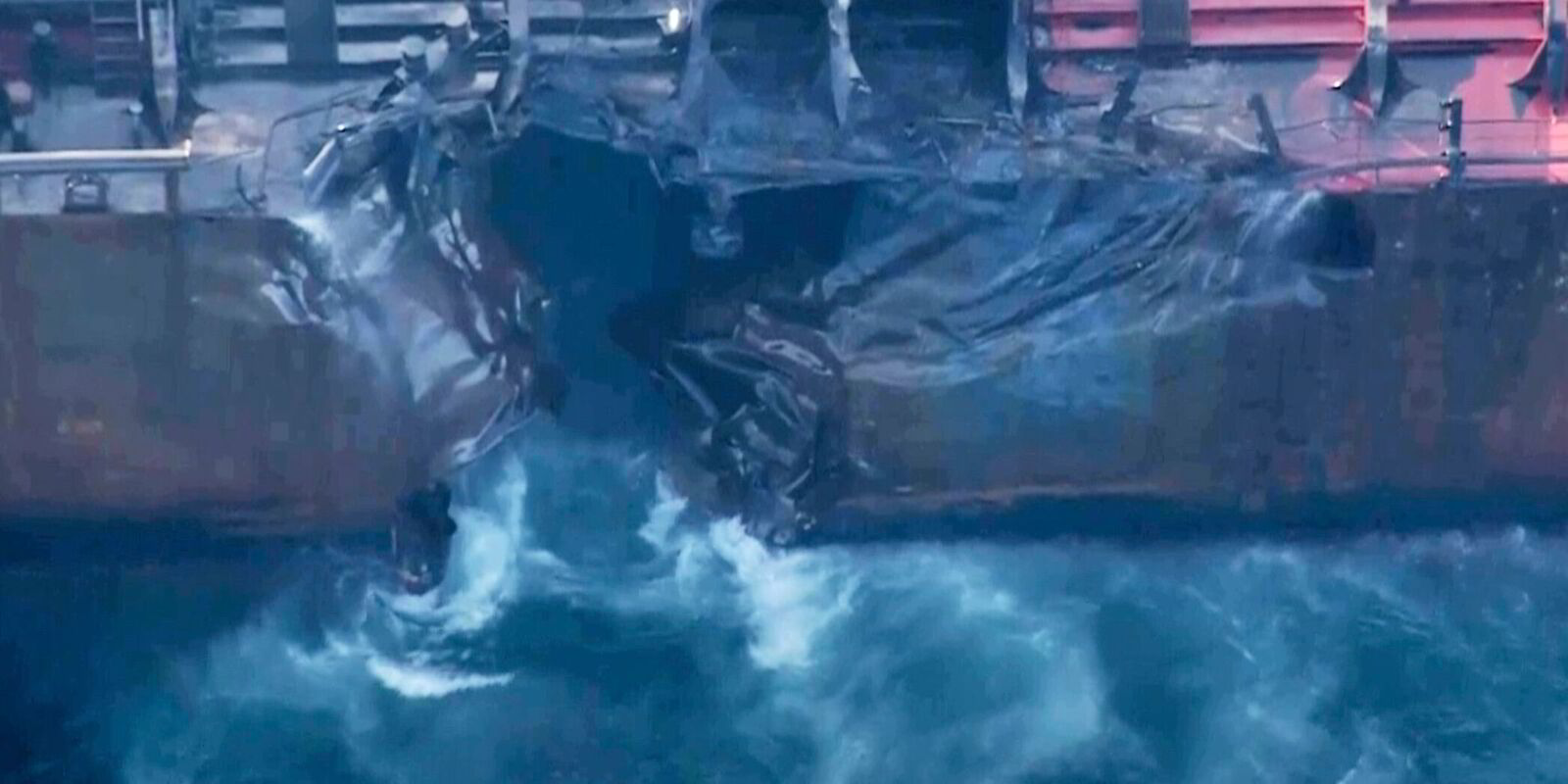
Given the port schedule, the deck officers may have been forced to work six hours on watch and six off, for extended periods, with those small rest breaks being disrupted by port manoeuvres, where crews are expected to be on standby fore and aft.
Grangemouth in eastern Scotland, which the Solong had just departed, and which I remember visiting as a second officer, has a high tidal range and parts of the port are behind locks.
This means port manoeuvring can be time-consuming, as the vessel needs to tie up in the lock and then again in the cargo berth.
Voyages may have to be timed to meet the tide heights at the entrance to the locks — and when in the Firth of Forth, with the crew forward by the anchor, possibly up to the Forth Bridge or the pilot station.
The crew members who are called to stations will be the ones who are not on watch; that is, they may otherwise be trying to get some rest.
The Solong had been shuttling to and from Rotterdam, calling at Grangemouth or Hull in eastern England, another port with a tidal river and set of locks, requiring crew to be called out of their bunks early.
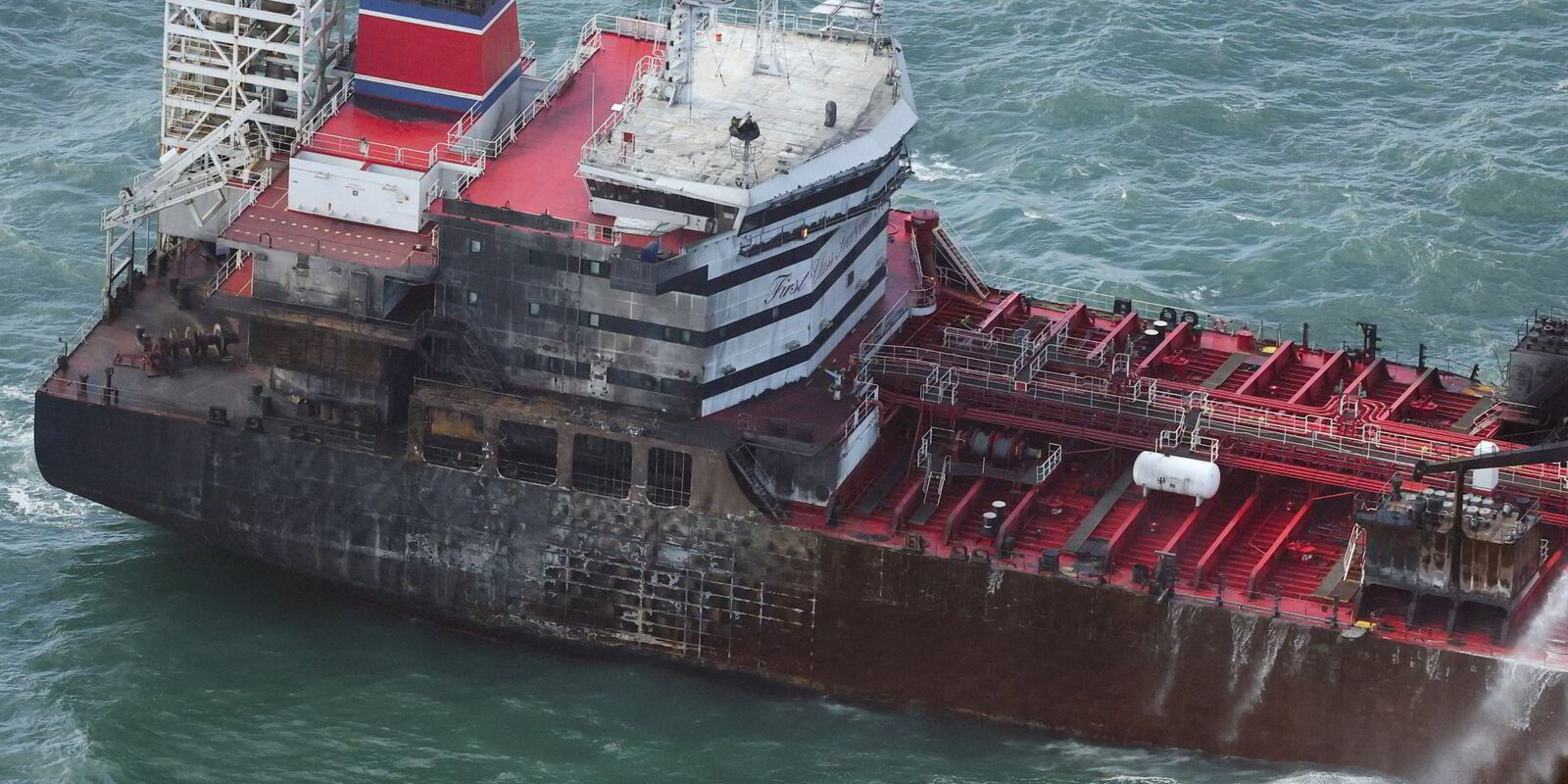
This workload can easily lead to exhaustion, with little time in between ports to recoup.
We do not know the facts, but already in online shipping groups, I have seen speculation about possible causes, including officer fatigue or distraction. This is not surprising, as past maritime incidents have sometimes involved such factors.
Large ships have sufficient crew to ensure this is less likely to happen; hardworking coastal vessels, not so much. On small coastal vessels, the officer on watch will often be alone.
However, at this stage, we can only speculate, and it is important to consider other possibilities.
Investigators will be looking at all of this as they gather evidence, but regardless of the facts that will emerge, coastal shipping crews are often left to deal with the sheer exhaustion of their roles alone.
I have met deck officers who refuse to work on coastal runs.
I worked around the UK and Irish coast for two years on small product tankers.
We called at places such as Grangemouth, Fawley, Immingham, Milford Haven, Mersey, Galway and Londonderry. These are ports in estuaries with long pilotages, or with locks.
Crew sleep patterns were constantly disrupted. The inclement northern European weather could often ruin any short four or five-hour period in a bunk, and one never feels 100% awake.
On occasion, I sailed with a master who contacted our head office when we left port, in one instance Grangemouth, to report that the vessel would be heading straight to an anchorage for a few hours so we could all get some sleep while the master himself sat some of the anchor watch.
This is not a regular occurrence. So rare was it that I still remember it 30 years later.
Coastal shipping is not for the fainthearted, and I fear the human error blame game will point out one crew member without solving the real problem of fatigue. (Copyright)
